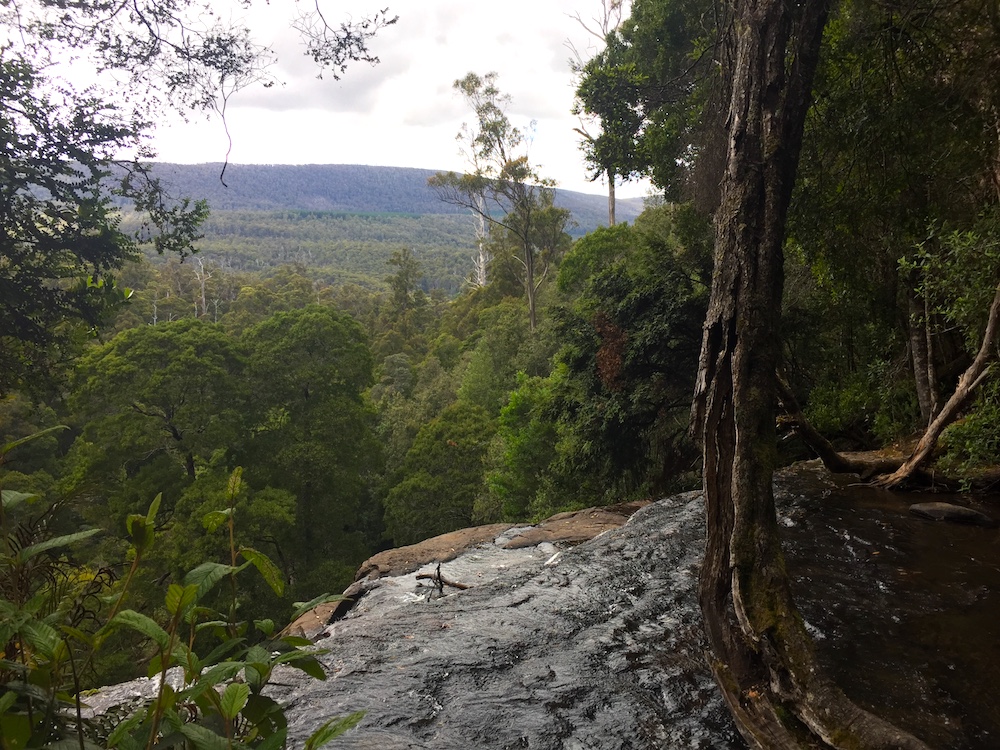Tasmania is an island of glorious landscapes.
And we spent our last day in the state deep in the countryside exploring Mount Field National Park, which is famous for its forests and waterfalls and about an hour’s drive north-west of Hobart.
That drive was almost as spectacular as the park itself, hugging the banks of the Derwent River, taking in the settlements of New Norfolk and the funkily named Plenty, climbing hills that gave bountiful views of the island. Farms peppered the land and fields full of hops, vineyard and orchards lined the roads.
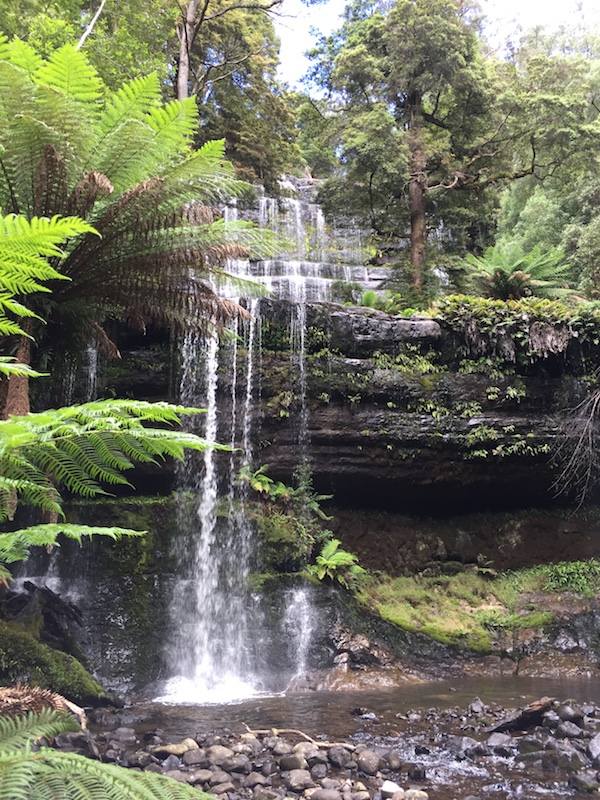
As on our drive to Port Arthur, the roads were plastered with the flattened remains of Tasmania’s wildlife and part of me dreaded the thought of a kangaroo leaping out in front of us and mashing itself and our hire car. Fortunately, such dramas were avoided.
Further on we spotted the rusted rails of the largely disused narrow gauge Derwent Valley Railway, and in the village of Westerway we passed one of the last preserved wooden station buildings of the Tasmanian railway network, looking forlorn. The tracks followed us all the way up to the national park visitor centre on the park’s south-eastern edge.
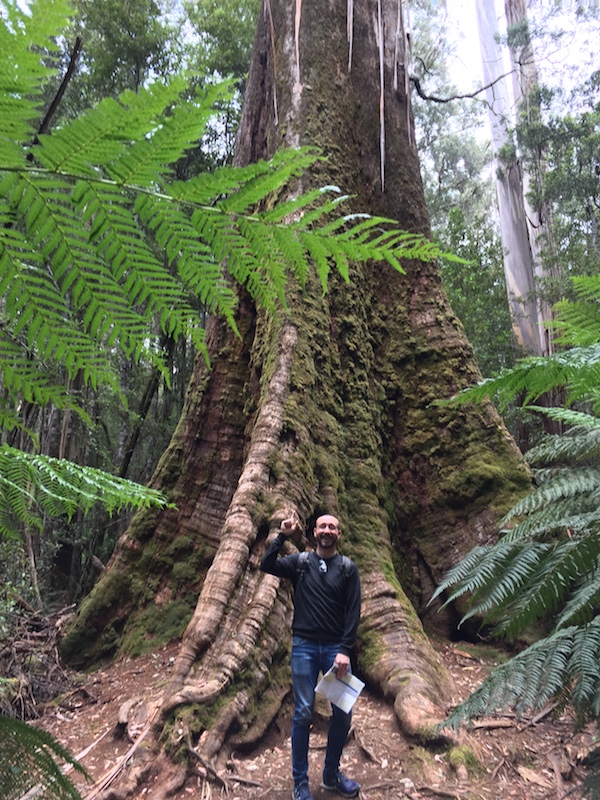
We stopped for a drink in the cafe and began our walk into the woods, to find the waterfalls and the wildlife. It was a popular spot and Chinese and Japanese tourists were out in force.
The Russell Falls were the first of the landmarks on our route. The tiered cascade tumbles something like 50m down the mountain, although it was nowhere near as torrential as it would be in early spring. We climbed up the hill to the top of the cascade and were greeted by majestic views across the forests and hills.
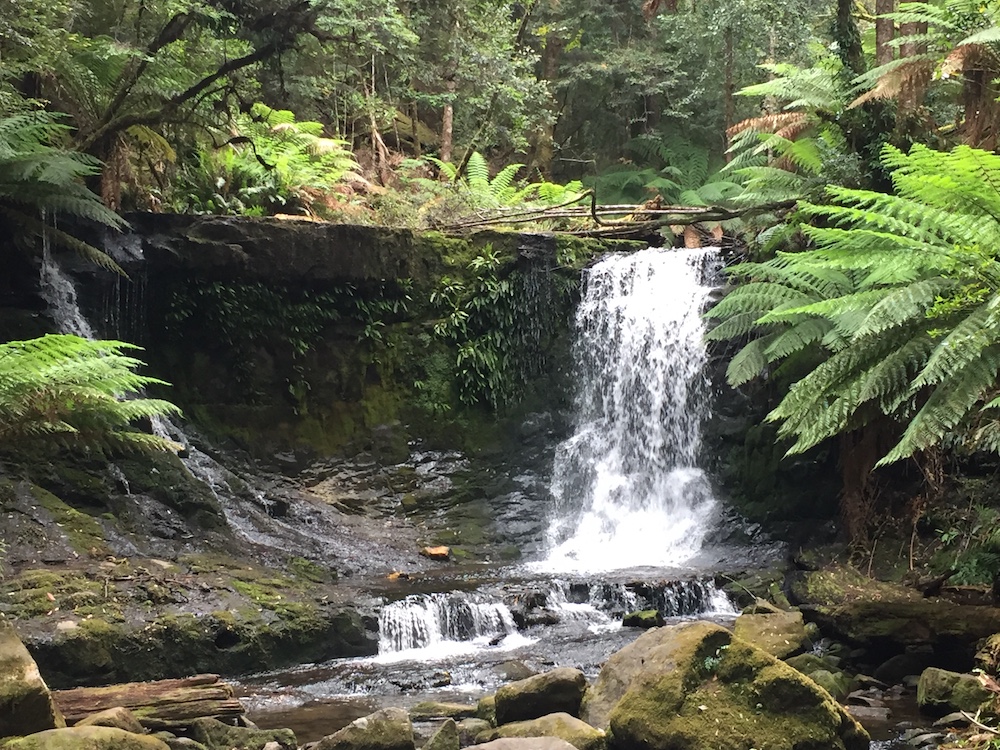
Further up the stream we came across the Horseshoe Falls, which were rather more modest. But as with all waterfalls, there was something hypnotic about them and I could’ve stood and watched the water flowing and leaping for ages. Around us invisible birds screeched and called, insects chirruped and trees swayed in the gentle breeze. Blackwoods and eucalypts climbed to ludicrous heights and some had the thickest trunks I’ve ever seen. Down on the ground, ferns grew among the fallen trees that were rotting slowly into the damp forest floor.
It was a magnificent place, filled with the aromas of pine and eucalyptus. At one point we heard snuffling, turned and found a spiny echidna with its snout probing a rotten branch in its hunt for insects. It wasn’t in the slightest bit bothered that we were there, taking photos.
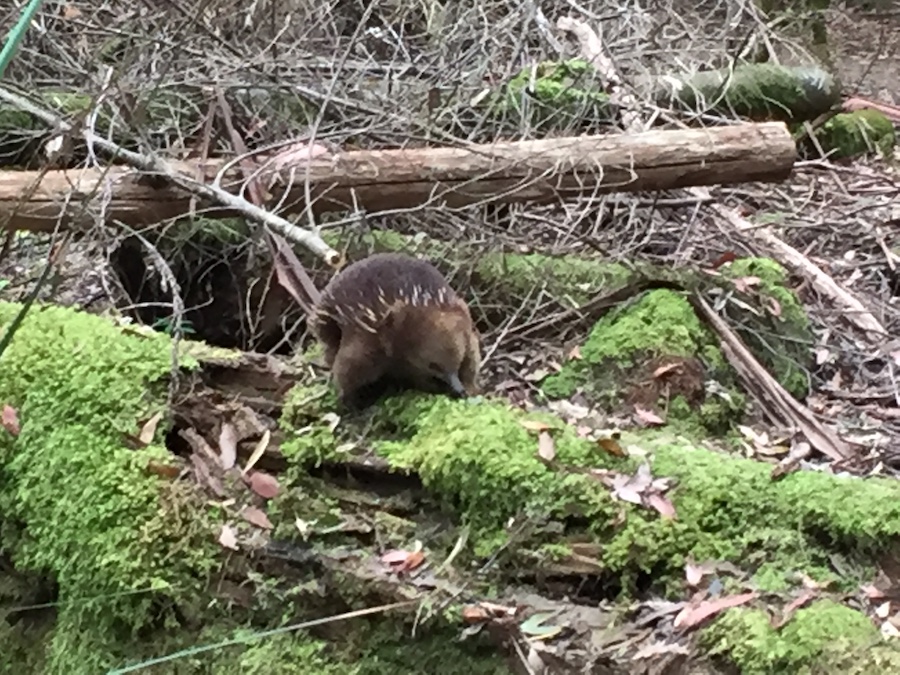
As we ventured deeper into the woods, the numbers on the path thinned and we could walk in peace. We came across the Lady Barron Falls, which to me were the finest of the three we’d visited, and stood for a while and watched, and watched…
From there we had another 40 minutes of walking to get back to the visitor centre, including a punishing climb up more than 250 steps. By the time we’d got to the top I was ready for a sit down and a spot of lunch. Fortunately the cafe was just a short walk downhill through a part of the woods that had been deliberately burned to help control the amount of dry scrub, and therefore minimise the risk of wild fires.
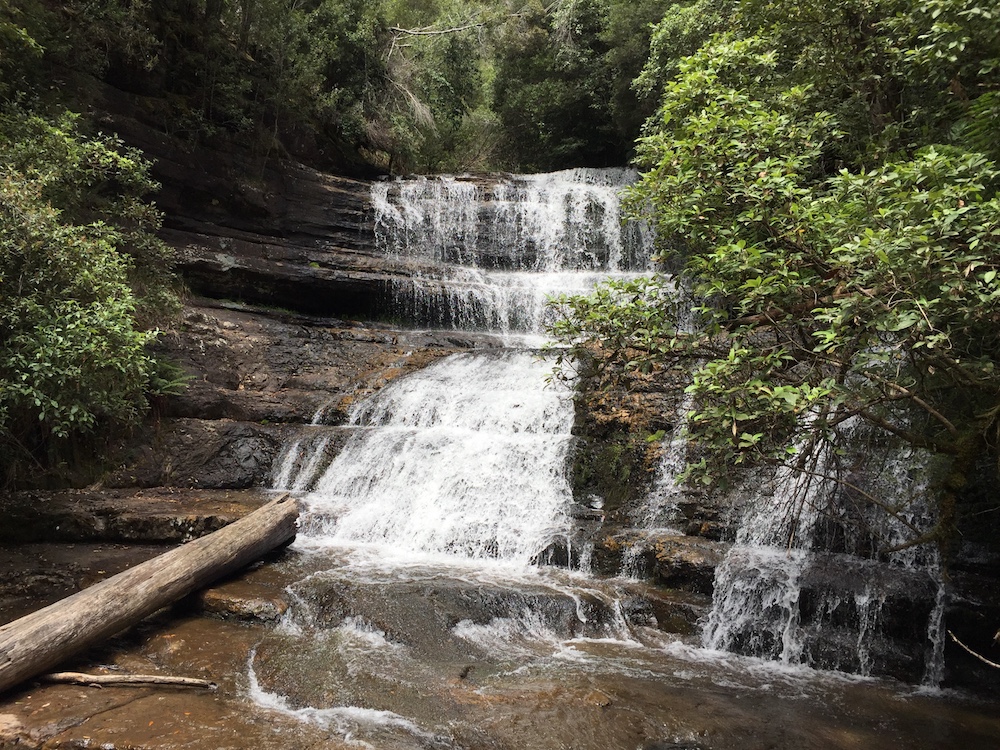
After lunch we drove further up the mountain towards the dammed Lake Fenton, where the temperature was noticeably cooler and the wind whipped across the water. We stopped for a brief walk around, and marvelled at the impressive boulder fields that dominate the landscape. But by then we were ready to return home, cold and weary after a day on our feet.
In Hobart, we walked into the city centre for something to eat at the Brunswick, a popular pub populated by rowdy Christmas drinkers and a noisy guitar player. But we finished the evening in a swankier bar/restaurant called Franklin, housed in a magnificent Argyle Street Art Deco building that once served as a printing plant.
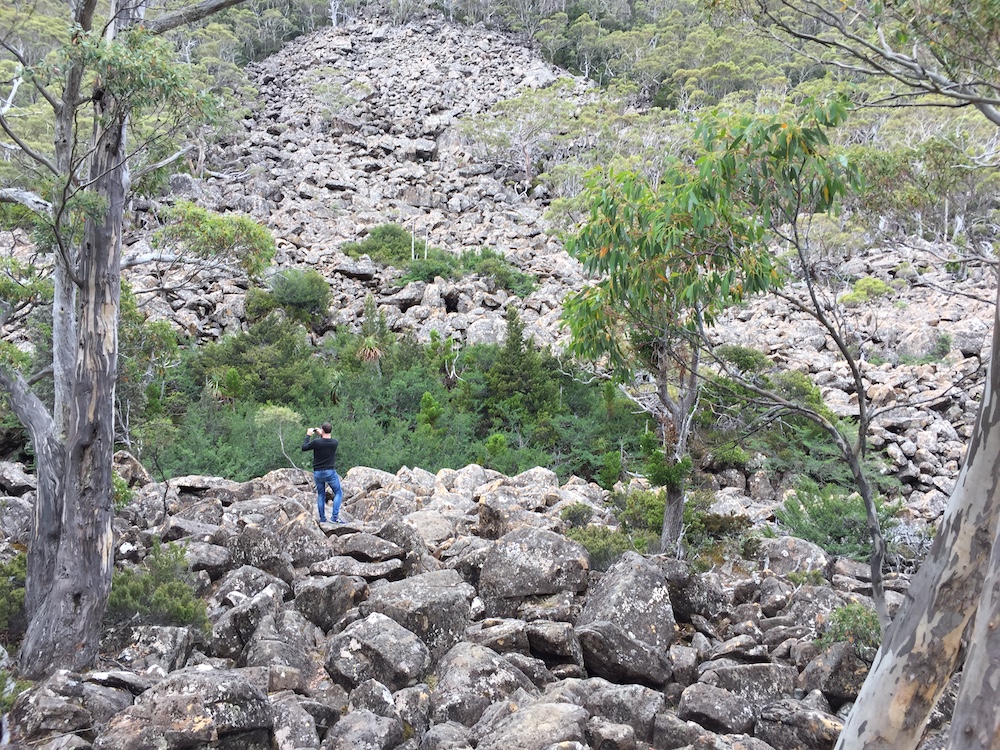
There the craft ales flowed as we chilled out at the polished concrete bar. One thing’s for sure, Tasmania does have some excellent beers, brewed locally by enthusiastic and talented folk.

